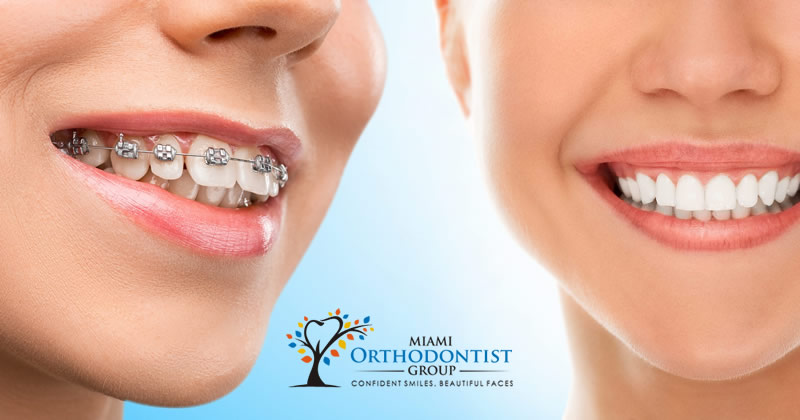Dentistry is a vast field where orthodontics and dentofacial orthopedics are the specialities. They focus on proper alignment of the teeth and various dental arches – maxilla, and mandible. Both practices include appropriate diagnosis, prevention, interception, correction, and treatment of other dental abnormalities. Well, orthodontics and dentofacial orthopedics are different from one another in various aspects and it is essential to understand which service would be the best for you.
Difference Between Orthodontic And Dentofacial Orthopedics:
Orthodontic is a well-known speciality in Dentistry. Orthodontists help patients who have misaligned teeth by applying braces to straighten the gapped, crooked, and crowded teeth. With this treatment, patients can have better bite and smiles. As everyone is knowing the meaning of the word “Orthodontic” – “ortho” comes from a Greek word which means “straight” or “correct” and “dontic” means “related to teeth”.
Dentofacial orthopedics helps the patients to specifically fix problems that have developed with the bone structure of the jaw and face. They make use of appliances that can redirect the growth to make a variety of repairs including a narrow jaw and fixing the underbite and overbite. When it comes to Dentofacial Orthopedics, the root meanings are just as literal. “Dento” means teeth and “facial” means face.
Dentofacial Orthopedics is generally used first because they are most effective during the growth periods of seven-year-old children. Once a child’s permanent teeth have erupted, then we can start using orthodontic treatment to give them a strong bite and healthy smile.
Dentofacial Orthopedics Are Better Than Orthodontics
Generally, orthodontic focuses on the alignment of the improper teeth. But the misalignment of the teeth is not only due to the shapes and size of teeth. It can be due to the structure of facial bones.
Dentofacial Orthopedics helps in guiding the growth of facial bones through the use of orthopedic appliances for the jaw and face. Dentofacial Orthopedics is better than orthodontics if you are experiencing the problem of crossbite, overbite, and underbite. Dentofacial orthopedics make use of a maxillary and mandibular expander to create enough space in the jaws that are too narrow or underdeveloped.
Dentofacial Orthopedics Works Best At Young Age:
As specified by experts dentofacial orthopedics is best applied at a young age with the first stages of treatment occurring around age eight. During this age both primary teeth and adult teeth are present. Moreover, at a young age, the face and jaw are still in the developing stage, the jawbone can be more malleable and receptive to the treatment. With older patients, the bad bites become set which is difficult to change. If the misalignment problems are left uncorrected, then it has to be corrected with surgery in adulthood.
Dentofacial Orthopedics For Adult Patients:
Although children are considered as the best candidate for dentofacial orthopedics it can also be applicable for adults who face jaw abnormalities. For adults, correcting the jaw abnormalities becomes a bit challenging as the jawbones are fully formed and hardened. This is also one of the major reasons why experts suggest surgery for adults.
Usually, the purpose of the surgery is to align the bite and jaw properly. Patients would have to wear braces even after the surgery and it may take a bit longer to see the results. However, dentofacial orthopedics can treat patients to get the smile they’ve always wanted.
Summary:
Generally, orthodontics focuses on the proper alignment of tooth movement and dentofacial orthopedics involves the guidance of facial growth and development, which occurs mainly during childhood. The most important point to consider is that both dental practices, appliances are frequently used including the more familiar braces for orthodontics and other specialized appliances like headgear and expanders depending on the facial abnormalities.
Sometimes it might happen that orthopedic treatment may precede conventional braces, but often the two are accomplished at the same time. So if your child undergoes dental treatment and gets braces and headgear, then he’s undergoing orthodontics and dentofacial orthopedics!


